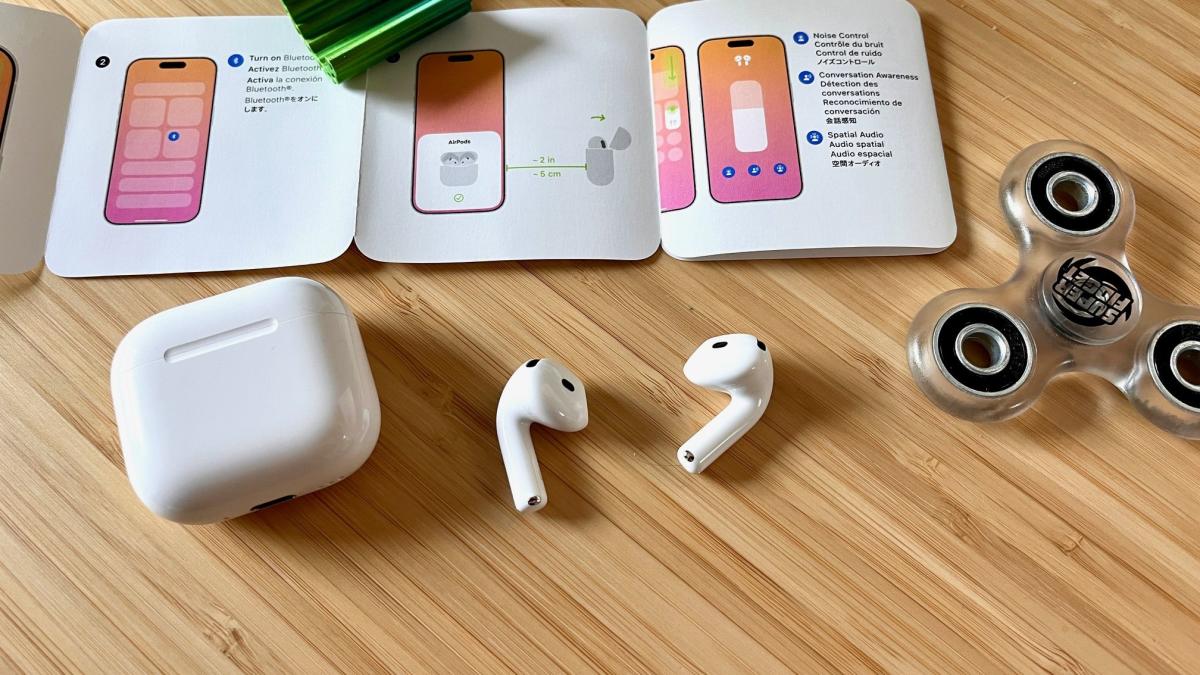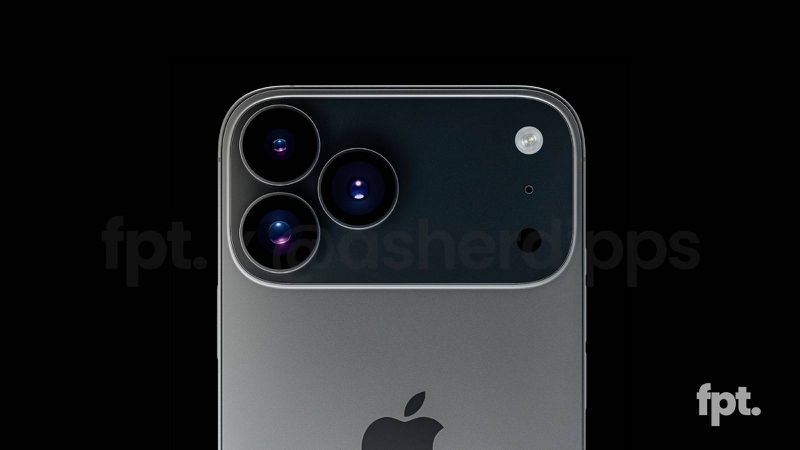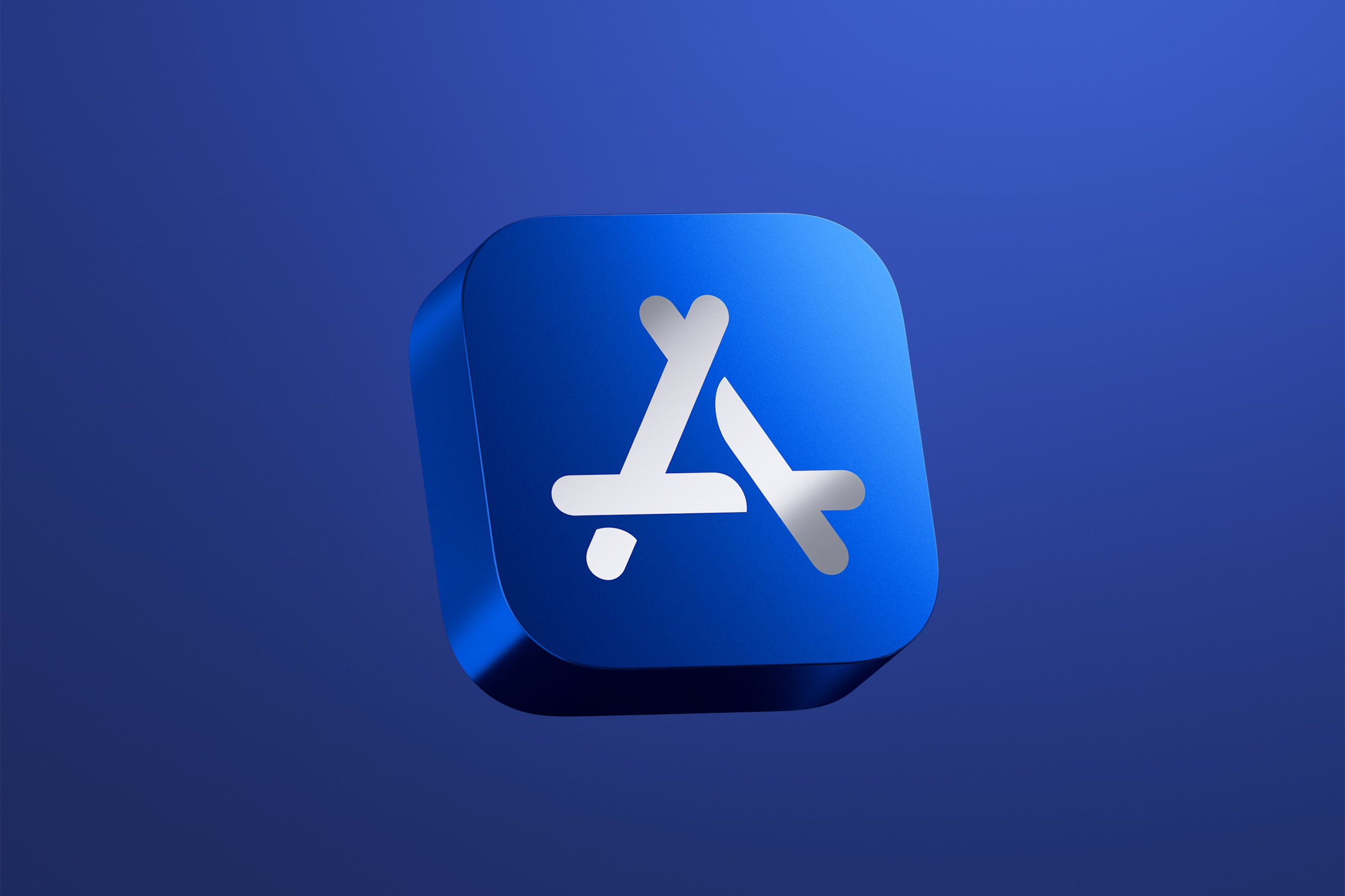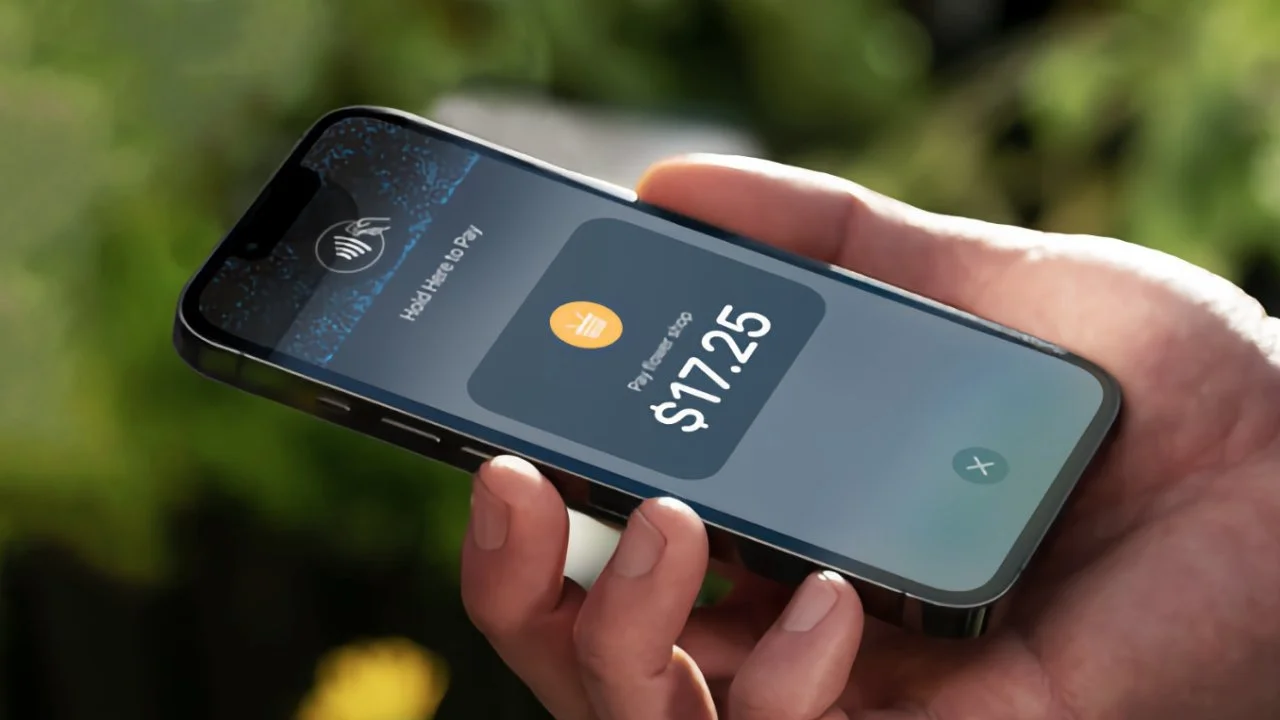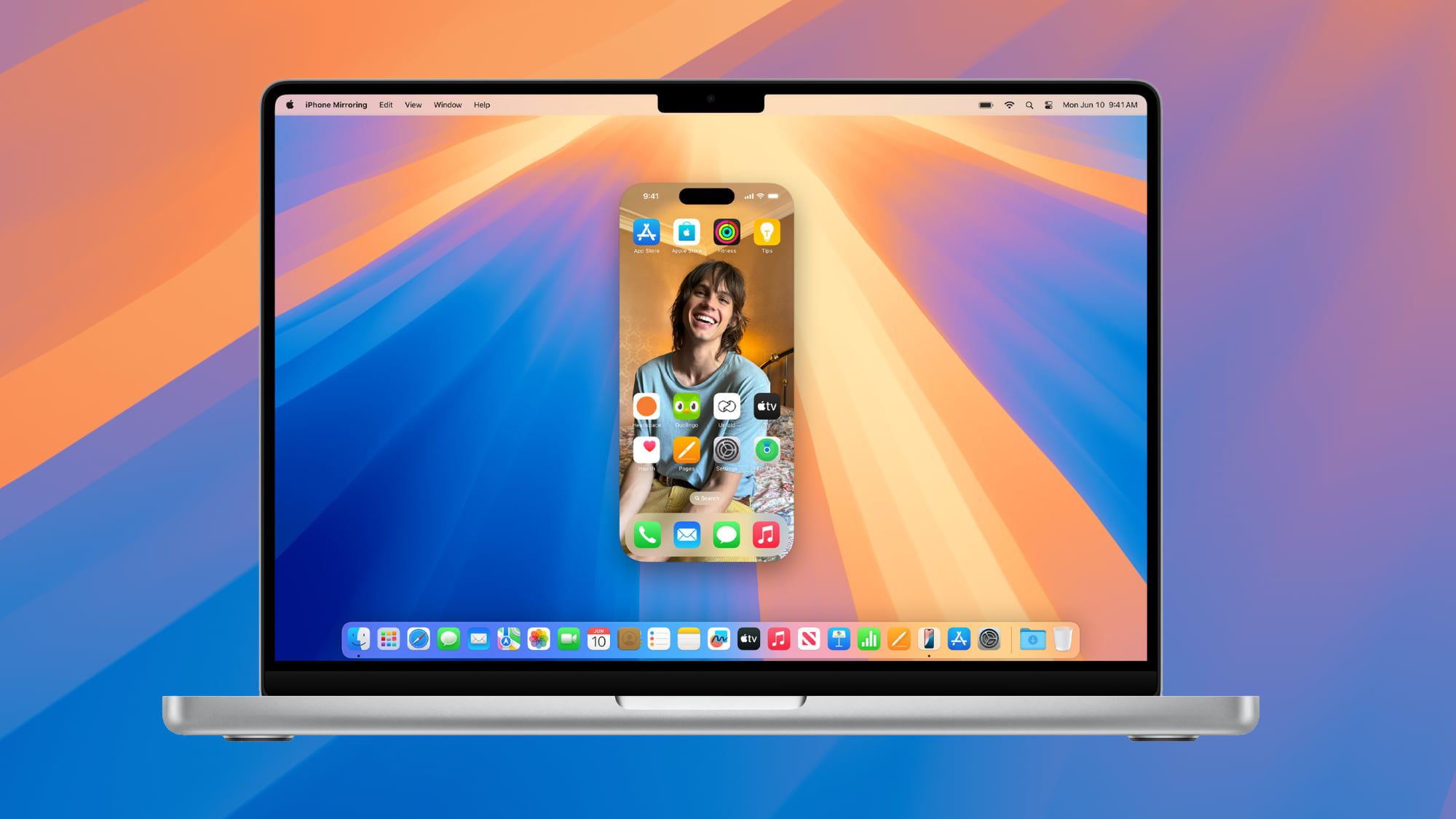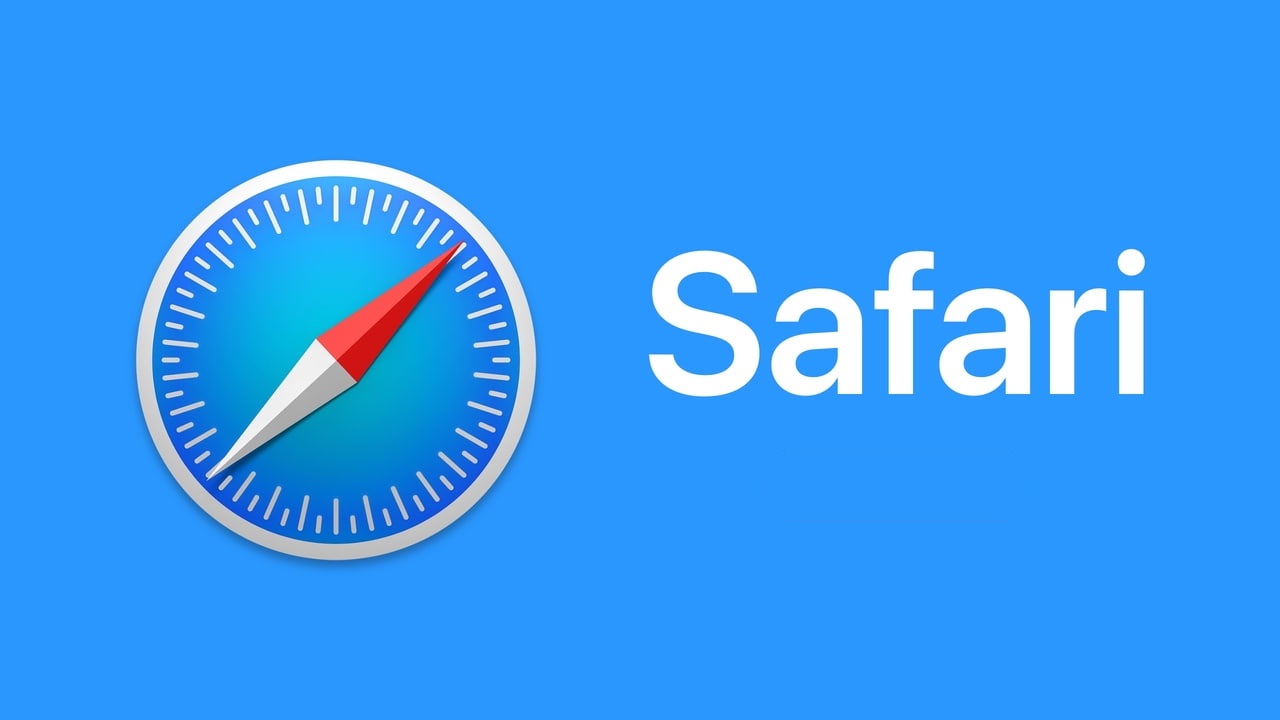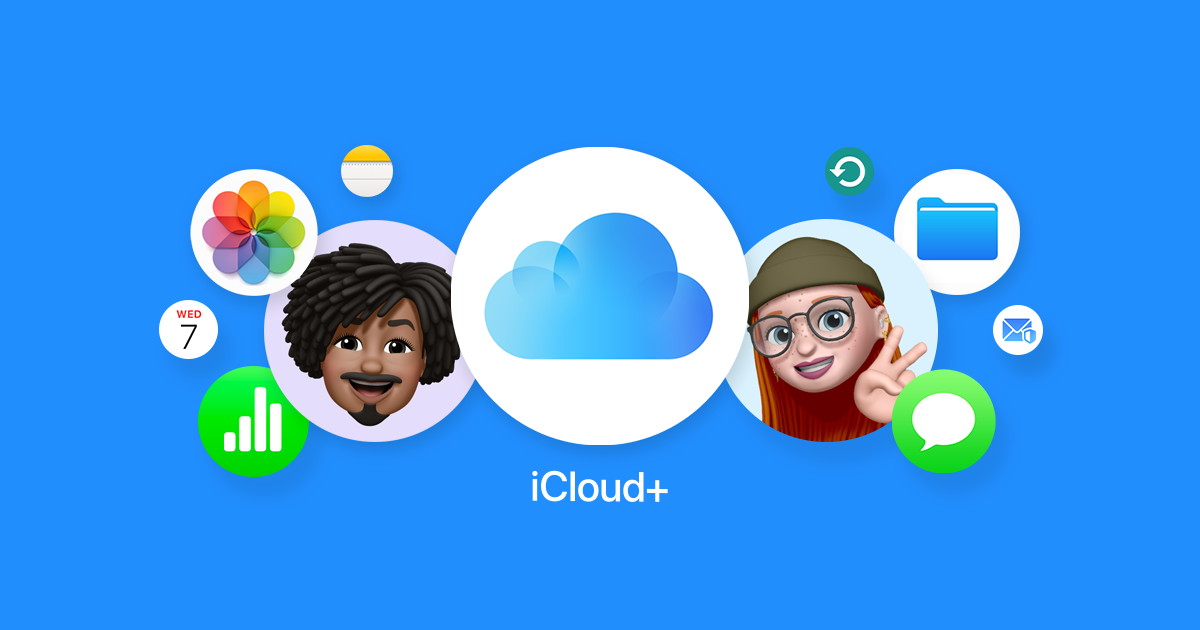Talk about a foldable iPhone has been around forever, but now it’s starting to feel like it might actually happen soon. Reliable sources like analysts Ming-Chi Kuo and Jeff Pu, along with a Weibo user called Digital Chat Station, say Apple’s first foldable iPhone will have a big 7.8-inch screen when opened and a smaller 5.5-inch screen on the outside. Since these sizes keep popping up in leaks, it seems Apple has locked in some details. Kuo says it’ll open like a book, not flip like Samsung’s Galaxy Z Flip.
Jeff Pu also mentioned that Foxconn, the company making it, has started early work on the foldable iPhone. Both he and Kuo think it’ll hit full production by late 2026, so we might see it in small numbers next year—though 2027 feels more realistic. Funny enough, it still feels two years away!
Analyst Tim Long from Barclays predicts it’ll cost about $2,299 in the U.S., almost double the iPhone 16 Pro Max’s $1,199 price. Kuo adds it’ll have two back cameras, one front camera, a Touch ID button instead of Face ID, and a strong battery. It’ll be super thin—4.5mm open, 9-9.5mm folded—with a titanium body and a hinge mixing titanium and steel.
Now, let’s peek at the iPhone 18 Pro, still over a year away. Here’s what’s buzzing so far:
Hidden Face ID
Analyst Ross Young says Face ID might hide under the screen in 2026, meaning the iPhone 18 Pro could get it. The Dynamic Island might shrink or turn into a tiny camera hole, like on Android phones. It’s too soon to say for sure.
Adjustable Camera
Ming-Chi Kuo claims the iPhone 18 Pro’s 48-megapixel main camera will let you tweak how much light it takes in. Unlike older models stuck at a wide-open setting, this could help you blur backgrounds better—though iPhones’ small sensors might limit the wow factor.
Better Samsung Sensor
Rumor has it Samsung’s new stacked sensor will boost the iPhone 18 Pro’s camera with clearer, more vibrant photos. This could shake things up since Sony’s been Apple’s go-to sensor maker forever. Exciting times ahead!

